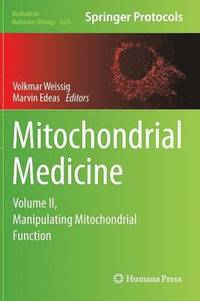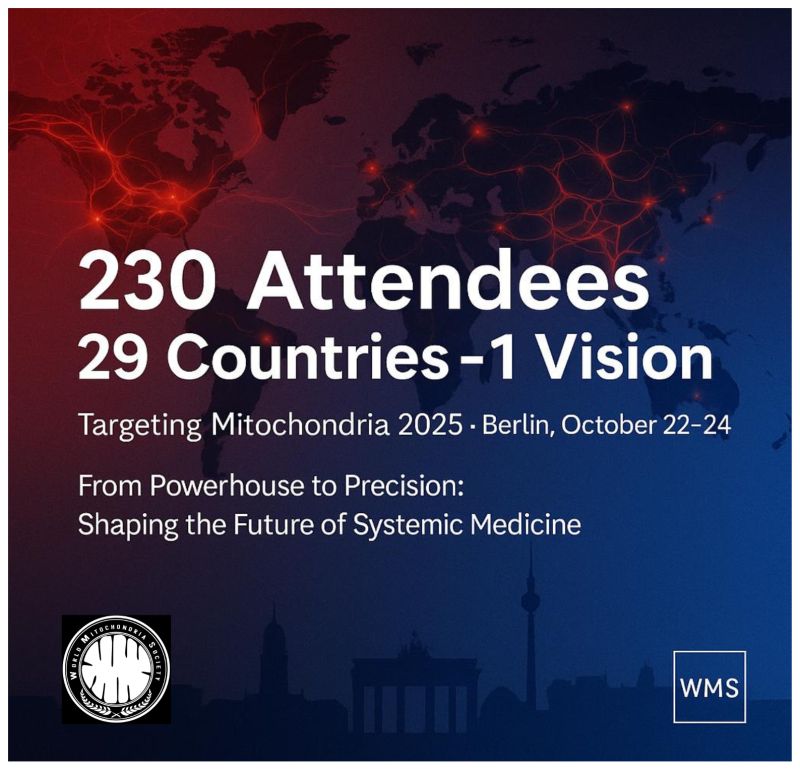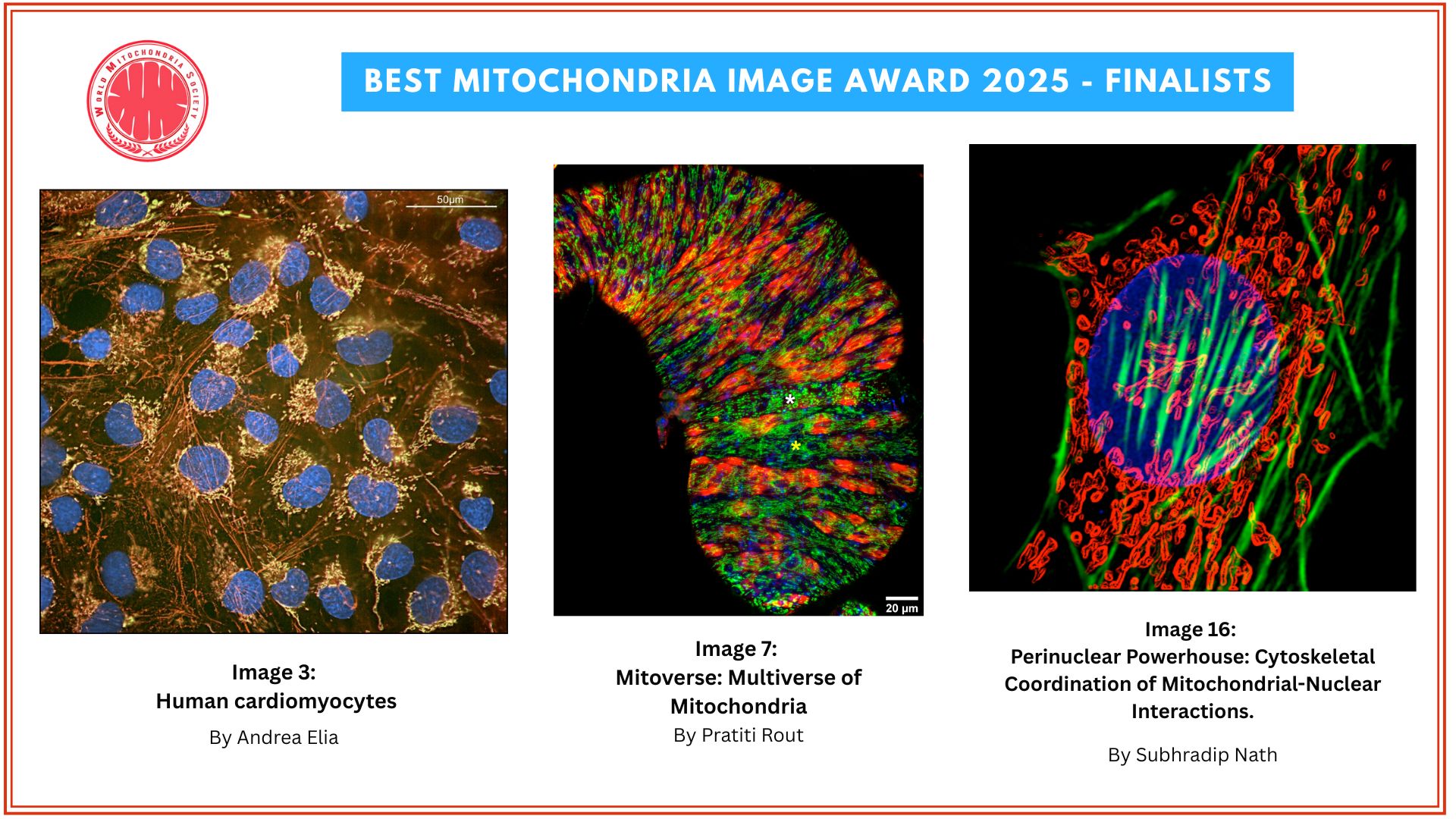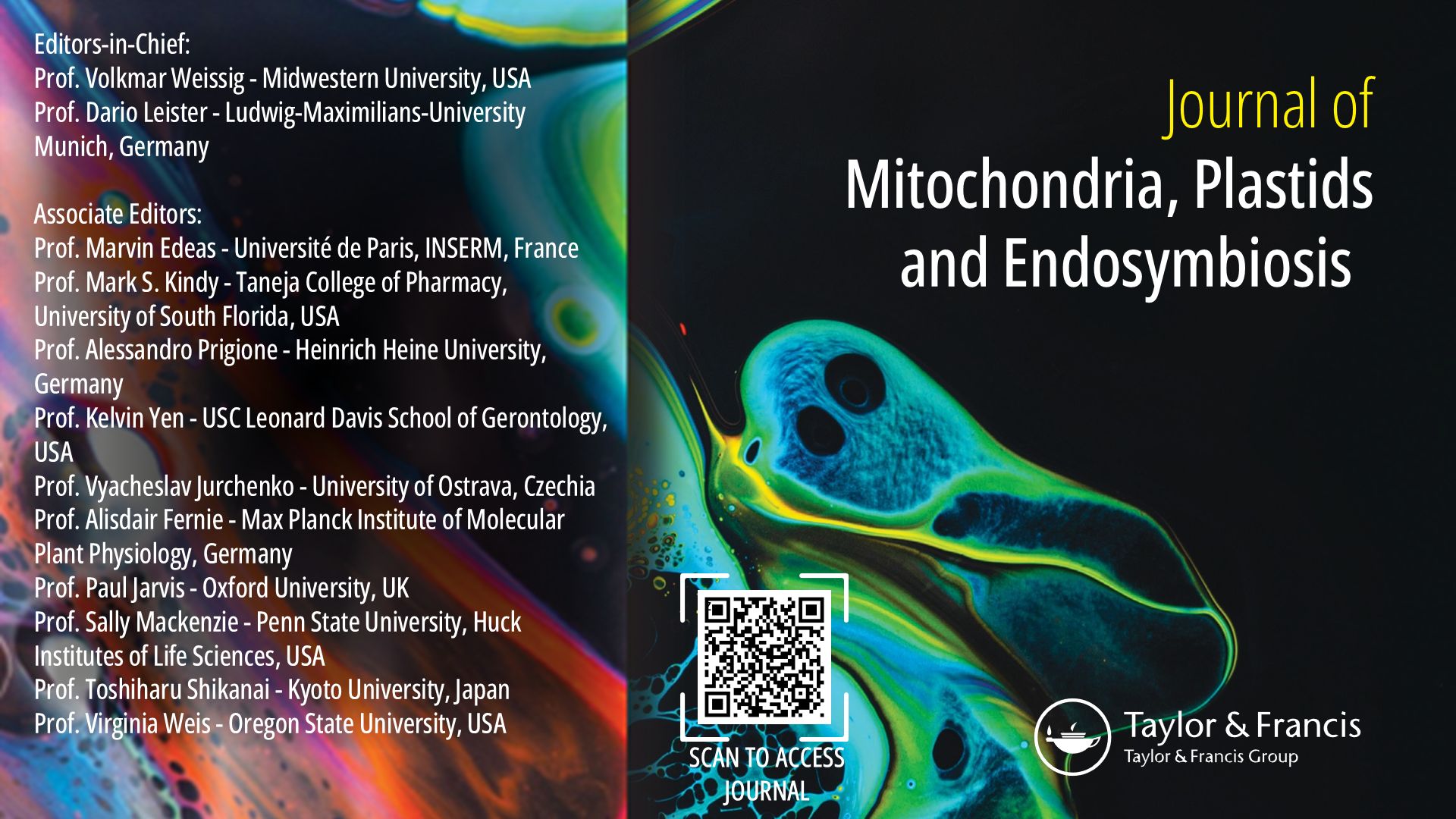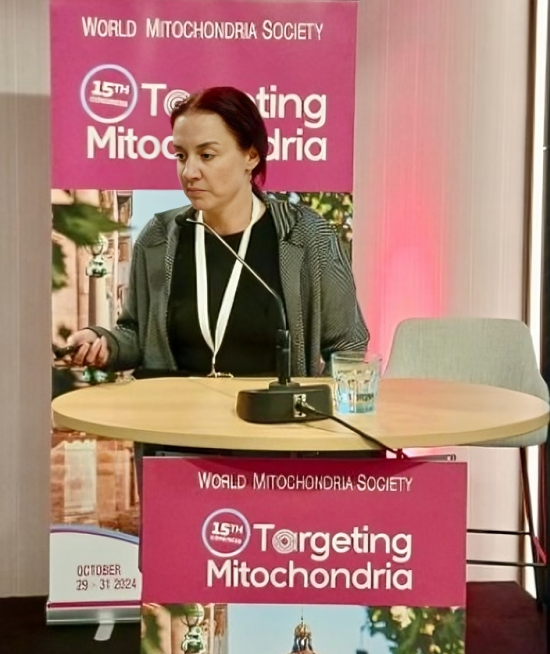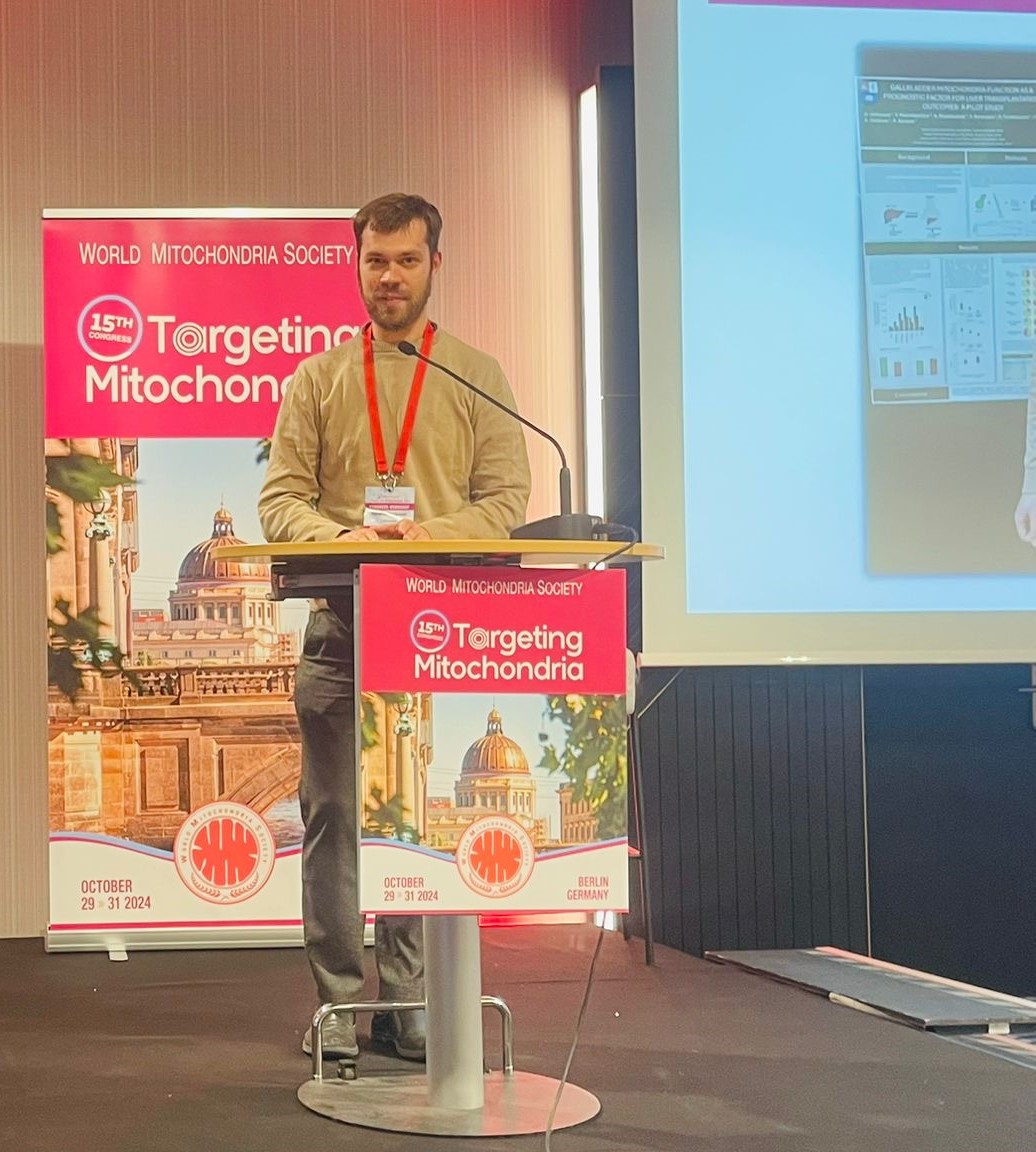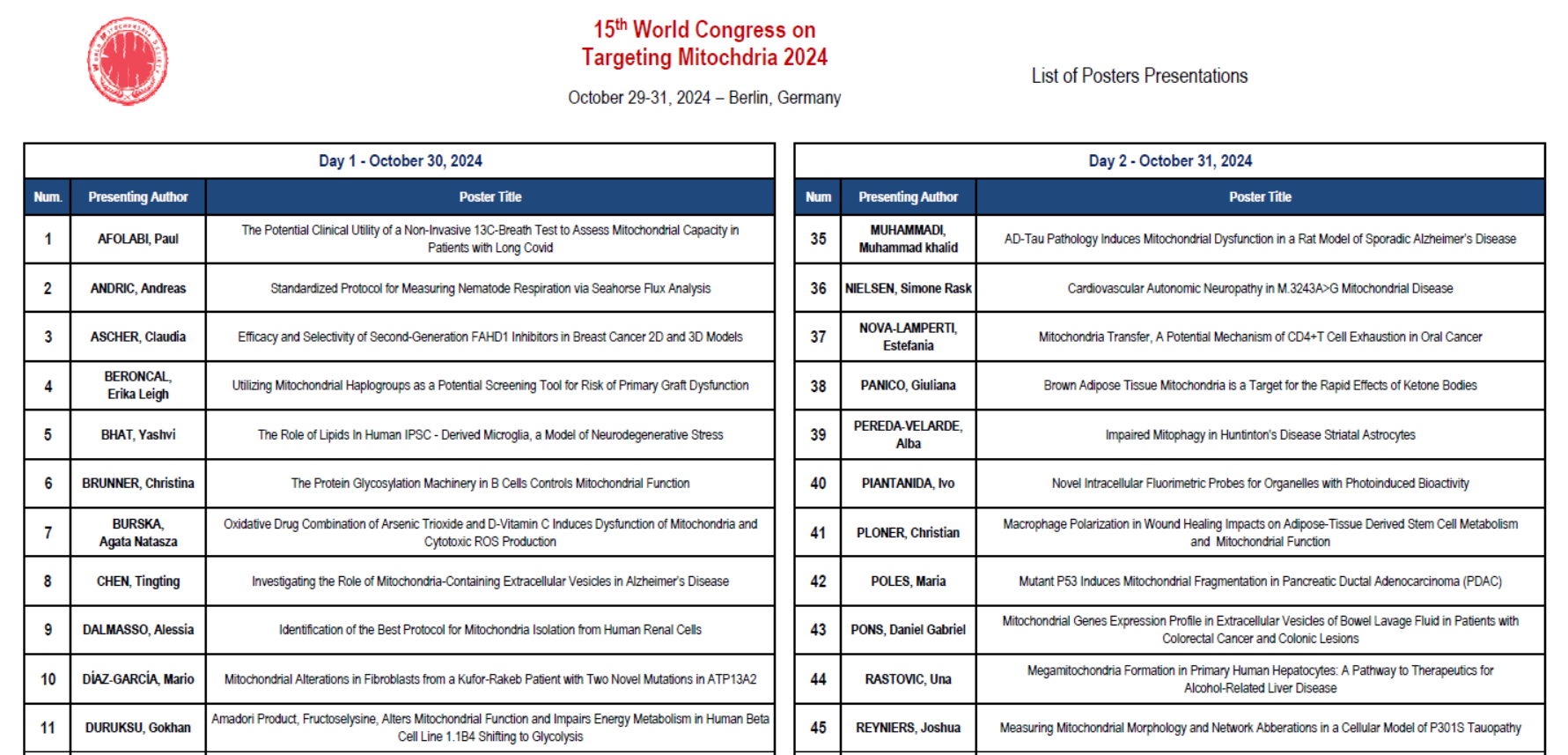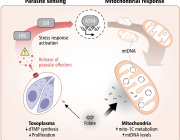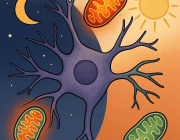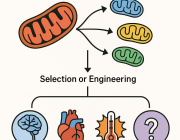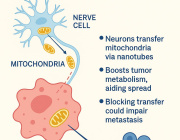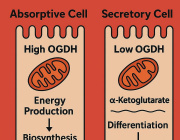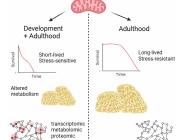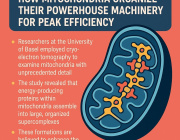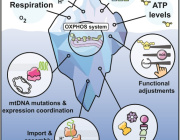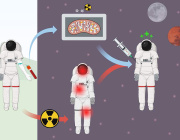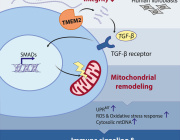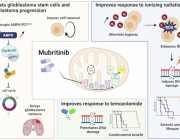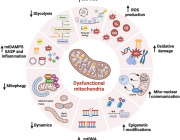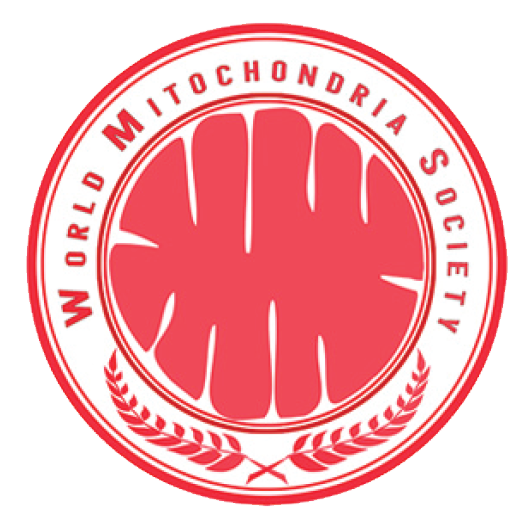Revolutionary Breakthrough in Mitochondrial Production Offers Hope for Degenerative Diseases

Scientists have achieved a groundbreaking advancement in the mass production of high-quality human mitochondria, paving the way for transformative treatments in degenerative diseases. By refining stem cell culture conditions, researchers have successfully increased mitochondrial production by an astonishing 854-fold while significantly enhancing their energy output.
Key Highlights:
- Innovative Method: The new method leverages human mesenchymal stem cells and a specially designed culture medium called "mito-condition." This medium integrates nine essential components, including growth factors and human platelet lysate, to optimize mitochondrial production.
- Enhanced Performance: The engineered mitochondria exhibit remarkable therapeutic benefits, notably accelerating cartilage regeneration in osteoarthritis models. They produce 5.7 times more ATP than naturally occurring mitochondria and maintain stable performance even post-isolation.
- Clinical Implications: This breakthrough addresses the long-standing bottleneck in mitochondrial transplantation, which has been constrained by limited supply and inconsistent quality. The ability to produce high-quality mitochondria on a large scale opens new avenues for treating a wide spectrum of mitochondrial dysfunction-related diseases, from joint degeneration to cardiovascular disorders.
- Mechanistic Insights: The study reveals how cells can be reprogrammed to prioritize mitochondrial synthesis by activating the AMPK pathway, a crucial cellular energy sensor. This process downregulates energy-intensive activities like autophagy and secretion, effectively boosting mitochondrial biogenesis.
- Future Applications: Beyond osteoarthritis, this technology holds promise for conditions such as heart disease, neurodegenerative disorders, and wound healing. The concept of organelle tuning could also be adapted to generate other cellular components, broadening the horizons of cell engineering and therapeutic applications.
Publication Details: DOI: 10.1038/s41413-025-00411-6 | Image @WMS
During Targeting Mitochondria 2025, this hot topic will be presented and discussed strongly.








